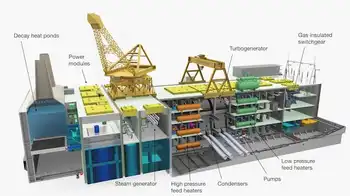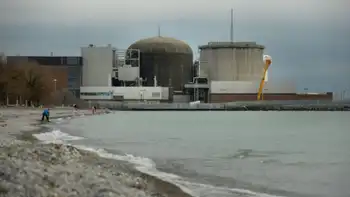Nearly half of homeowners concerned about paying for heat
MADISON, VIRGINIA - As temperatures drop, uncertain economic conditions are sending shivers down the spines of many American homeowners struggling to heat their homes this winter. According to a recent Plow & Hearth survey, conducted by IPSOS Public Affairs, nearly one half (45%) of American homeowners are concerned about their ability to pay their heating bills this season.
Two in three Americans (67%) say theyÂ’ve already taken steps this year to make their homes more energy efficient. Among the tactics homeowners say they are employing to increase efficiency: using energy efficient light bulbs (74%), lowering the thermostat (69%), insulating windows and doors (69%), and purchasing products with the energy-star label (66%).
Nearly one in 12 (8%) homeowners has completed all of these tasks.
Interestingly, those who are concerned about their ability to pay their heating bills are no more likely to have taken steps to become more energy efficient, which suggests that cost isnÂ’t the only factor motivating Americans to make changes in their energy habits.
“This survey is more or less a temperature check on Americans’ concerns about their capacity to keep their homes heated this winter, and the results make clear that the uncertain economy is causing significant anxiety in many U.S. homes,” said Tim Hopkins, president of Plow & Hearth, one of the nation’s leading catalog retailers. “What is heartening is the trend toward improving energy efficiency in the home, an effort that Plow & Hearth has embraced since our founding over 25 years ago.”
While nearly one in two homeowners are concerned about paying for heat this winter, some Americans are more anxious than others:
• Homeowners living in the Northeast (58%) are most concerned, followed by those living in the South (44%), the West (43%) and the Midwest (39%).
• Women (52%) homeowners are significantly more likely than men (39%) to be concerned about their ability to pay for the heating bill this winter.
• Middle-aged (50%), 35 to 54, and older Americans (49%), aged 55+, are more likely than younger homeowners (36%), aged 18 to 34, to be concerned about paying for heat this winter.
According to the US Department of Energy, reducing drafts in a home could save consumers 5% to 30% annually.
Related News

Advanced Reactors Will Stand On The Shoulders Of Giants
WASHINGTON - Advanced reactors will break the mold of what we think nuclear energy can accomplish: some will be smaller, some will use different kinds of fuel and others will do more than just make electricity. This new technology may seem like uncharted waters, but when operators, technicians and other workers start up the first reactors of the new generation, they will bring with them years of nuclear experience to run machines that have been optimized with lessons from the current fleet.
While advanced reactors are often portrayed as the future of nuclear energy, its our current plants that have paved…




